Canon PowerShot S95 Review
Canon PowerShot S95
Canon's new advanced compact is faster and more feature-packed.
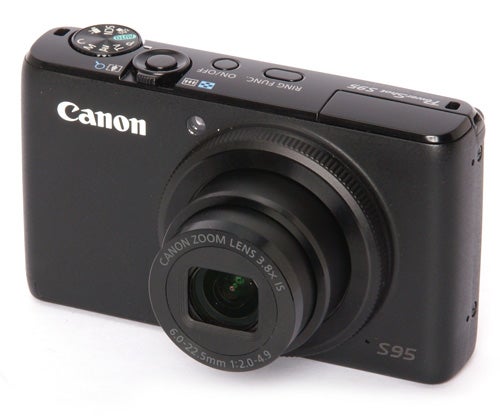
Verdict
Key Specifications
- Review Price: £395.00
 (centre)
(centre)
Best Advanced Compact Digital Camera(/centre)
In nature it is competition that drives the process of evolution. As species compete for limited resources they evolve over time to become better adapted to the needs of their environment. The same evolutionary process operates in the world of digital cameras. Manufacturers compete for the resource of your spending money, and the evolutionary result is ever more sophisticated cameras, with better performance, better image quality and more advanced features. There are few better examples of this than the long-running rivalry between Canon and Panasonic in the specialised environment of advanced enthusiast’s compact cameras.
Last year saw the re-launch of Canon’s advanced PowerShot S-series in the shape of the S90, an advanced compact featuring the same 10-megapixel sensor as Canon’s flagship at the time, the PowerShot G11. The S90 was Canon’s response to the success of Panasonic’s superb Lumix LX3, itself a successor to 2006’s LX1, which had been introduced to compete with the S90’s predecessor, Canon’s PowerShot S80, launched in 2005. These competitions can get complicated.
Panasonic has recently launched the latest in the LX line, the excellent Lumix LX5, so it will come as little surprise that Canon has also launched its latest competitor, the PowerShot S95. Like Panasonic, Canon has only made small changes and upgrades to the S90 to produce the new camera, but the cumulative effect is a significant improvement over the older model.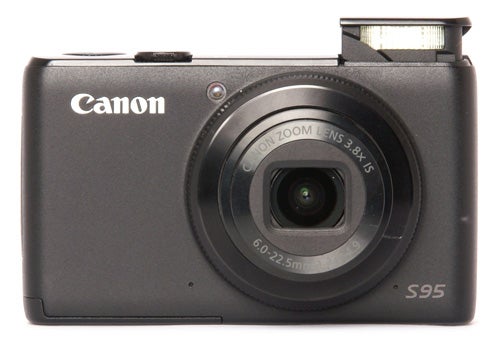
Although the S95 and the LX5 look very different they are actually very similar cameras in many respects. Both have 10-megapixel sensors of a larger size than those found in most current compacts (1/1.7-in for the S95 and 1/1.63-in for the LX5). Both have high-quality 3.8x zoom lenses with fast f/2 maximum aperture, both have 7.5cm (3.0-in) LCD monitors with 460k resolution. Both offer a full range of manual exposure options, both shoot 720p HD video (although the S95 does so with stereo audio) and both have pop-up flash units. Even more importantly both cameras are currently have a high street price of £399.
Canon has faced much the same problem upgrading the S90 as Panasonic faced with the LX3; when a camera is that good there isn’t much you can do to make it better.
The body of the camera is virtually identical in size and shape to the S90 but there are a few subtle changes. It is very solidly made with metal front and back, and the bottom panel is now also metal, with a metal tripod bush in the ideal position below the centre line of the lens. Only the top panel is made of plastic. There are only a few few external differences; the position of the on/off button and the ring function button on the top plate have been swapped, there is now a single larger hatch covering the ports on the right-hand side, and it now has two strap lugs, one on either end. The rear panel also carries a few alterations; the small thumb rest below the mode dial has been reduced to a mere nub, and the monitor screen has lost its raised surround and now sits flush with the body. Despite the plain shape, or perhaps because of it, the S95 is actually very comfortable to handle and the matt surface is easy to grip.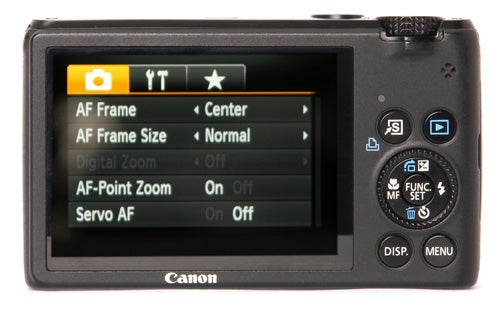
The monitor screen is the same size and resolution as the previous model, but is slightly improved with better brightness, contrast and colour reproduction. It has a very wide angle of view, and has a toughened glass screen with and anti-glare surface. Most of the S95’s other external features are the same as the S90. The rear panel controls are large and well labelled, and thankfully the rotary bezel control around the D-pad has been improved. It is now stiffer and has a distinct “click2 as it turns, making it less likely to be accidentally jogged while shooting.
The S95 retains the unusual control ring around the lens barrel, which can be set to control any one of a number of parameters, including manual focus, zoom control, ISO, white balance, exposure compensation and more. It’s a control that takes some getting used to, but the on-screen display when making adjustments makes it clear and easy to control.
Internally as well the S95 shares most of the earlier model’s features, but with some improvements. Like the S90 it shares its sensor and processor with the latest G-series model, a 10.0-megapixel 1/1.7-inch CCD sensor and DIGIC 4, however Canon claims that the operation of these has been improved to enhance low-light performance and reduce noise. 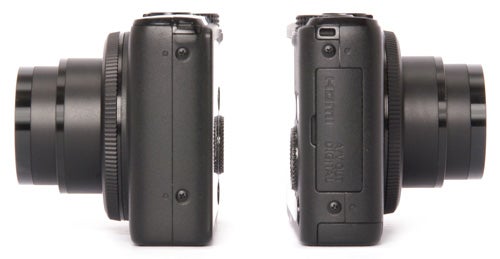
A major addition to the S95’s repertoire, and one area in which is scores over the LX5, is 1280 x 720 resolution, 24fps HD video with stereo audio, although optical zoom is not available while recording. Video is recorded in MOV H.264 format, with PCM linear audio. The video quality is good as long as digital zoom isn’t used, and the audio quality too is pretty decent, with good stereo separation from two microphones mounted just below the lens.
Other new features include a very effective subject-tracking AF system, and the addition of in-camera HRD recording, useful for high-contrast or back-lit subjects. Dynamic range is also improved by the i-Contrast DR booster, which improves shadow detail without significantly increasing image noise.
One area which hasn’t seen much improvement is the camera’s overall performance. It starts up and is ready to shoot in a little under two seconds, while in single-shot JPEG mode its shot-to-shot time is approximately 2.3 seconds, identical to the S90, and quite a bit slower than the LX5. Continuous shooting performance has been considerably improved however, and can now maintain approximately two frames a second.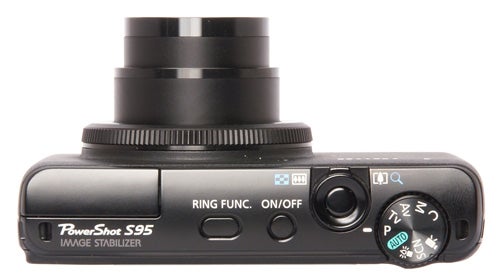
The autofocus system seems to be identical to that of the S90, but that’s no bad thing since it is one of the fastest and most accurate available, and works very well even in low light conditions. The S95 has a good bright AF assist lamp that has an effective range of around three metres.
The lens-shift image stabilisation system has been improved; it is now called “Hybrid IS”, and corrects for both linear and rotational movement. Canon claims four stops of extra stability, and the camera’s performance certainly seems to back this up. It was able to take sharp images at full zoom at shutter speeds as low as 1/8th of a second, which is remarkably good.
Of course the crucial factor for high-spec compacts like the S95 is image quality, and this is where the new camera scores vital points. The image quality is absolutely superb, with a huge amount of fine detail. The S95 can shoot in Raw mode, but the in-camera JPEG quality is so good that you won’t need to use it often. Oddly the JPEG images do appear to be very compressed, averaging around 3.1MB, but there is no trace of compression artefacts.
The optical quality of the lens is very good, with incredible centre sharpness and minimal barrel distortion. The was some slight chromatic aberration in the far corners of the frame at wide angle, but it was easily corrected using the supplied Raw conversion software.
Colour rendition is superb, and dynamic range is also much better than average, but it is in image noise that the S95 really excels. Shots at up to 400 ISO are effectively noise-free, and it produces printable well-detailed shots at 1600 ISO, with minimal noise. Combined with the fast lens and powerful image stabilisation system it makes the S95 one of the best cameras around for low-light photography.
As for the vital question that is bound to be asked in the comments section, S95 or LX5, I’d have to say that this time, by a narrow margin, I’d pick the Canon.
”’Verdict”’
Although the S95 is only a small improvement over the already excellent S90, the combination of small improvements do add up to a significantly better camera. Overall performance could still use some improvement, but creative versatility and more importantly image quality, especially in low light, are as good as it currently gets.
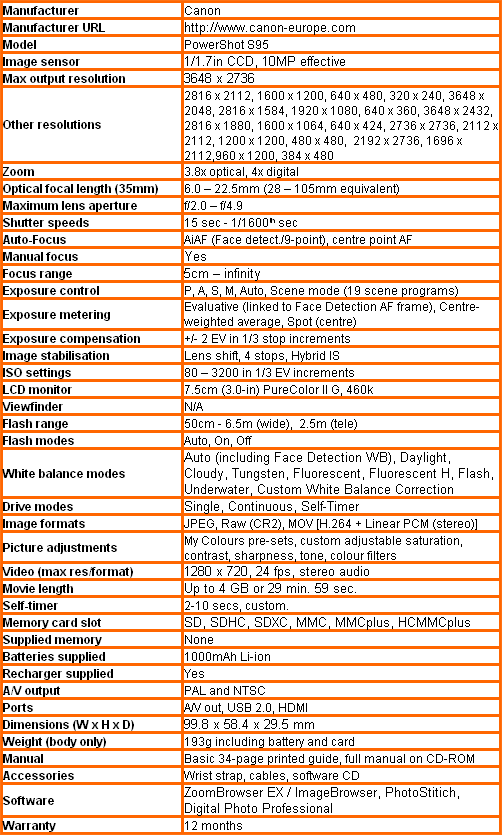
”Over the next few pages we show a range of test shots. On this page the full size image at the minimum and maximum ISO settings have been reduced to let you see the full image, and a series of full resolution crops have taken from original images at a range of ISO settings to show the overall image quality. These pictures were taken indoors using reflected natural light. ”
—-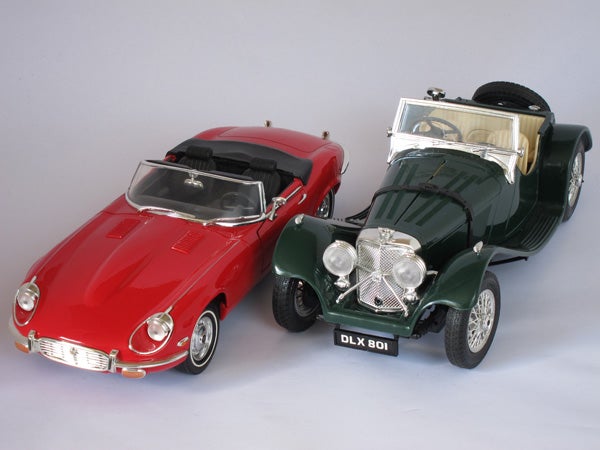
This is the full frame at minimum ISO.
—-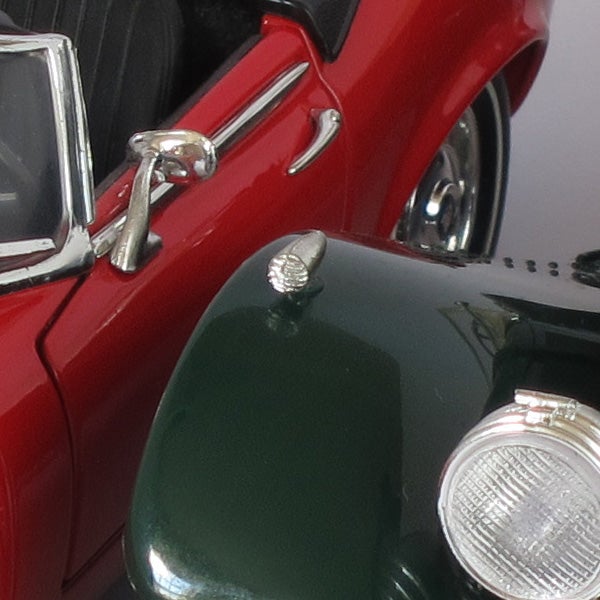
At 80 ISO the image quality is flawless.
—-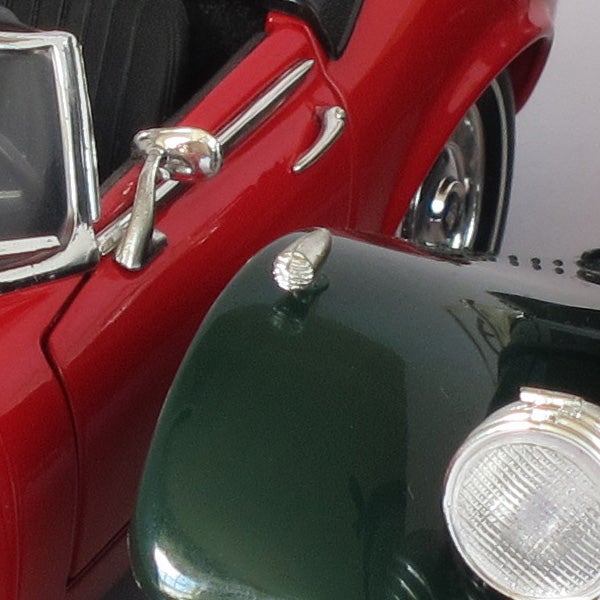
Still no problem at 100 ISO.
—-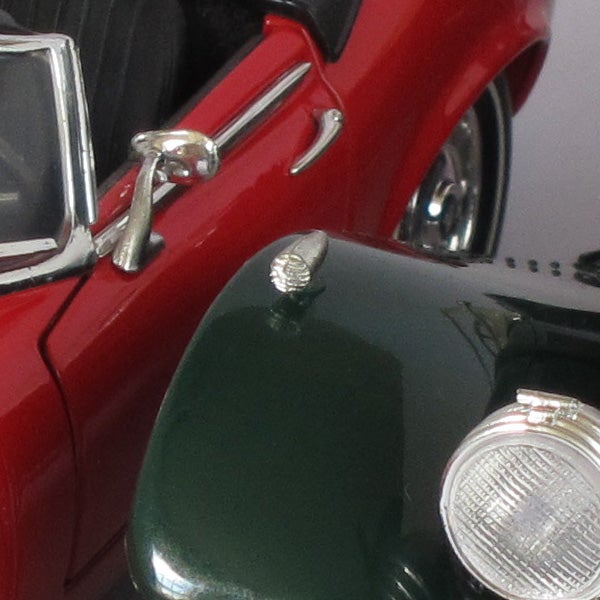
No noise at 200 ISO.
—-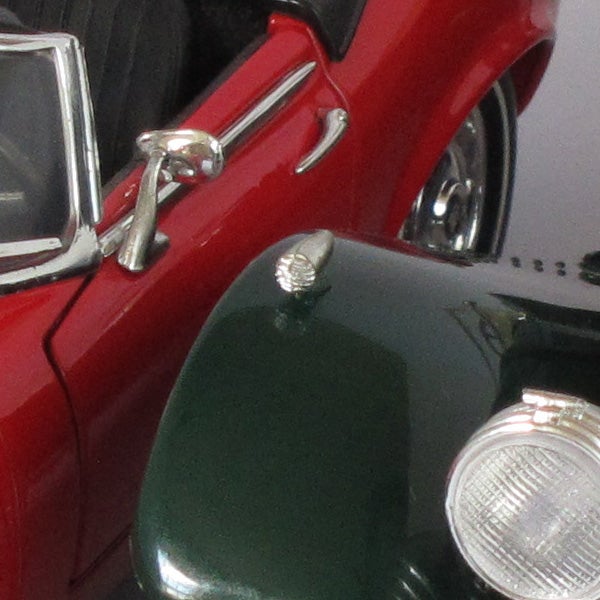
At 400 ISO there is a tiny hint of noise, but it is very mild.
—-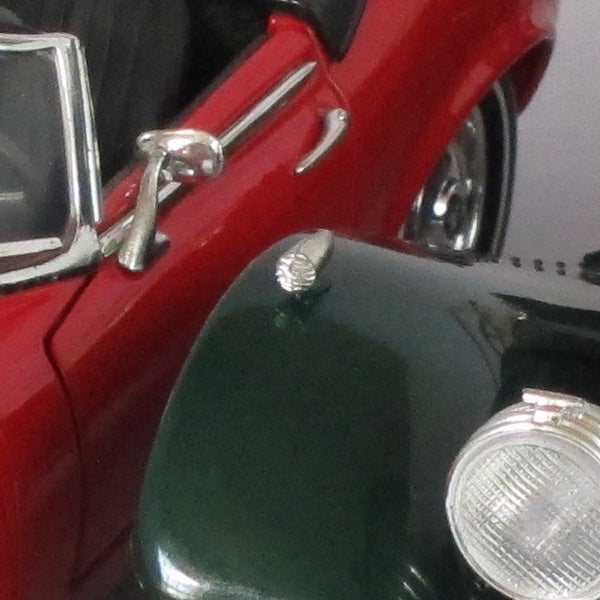
At 800 ISO image quality is still very high, with virtually no loss of detail.
—-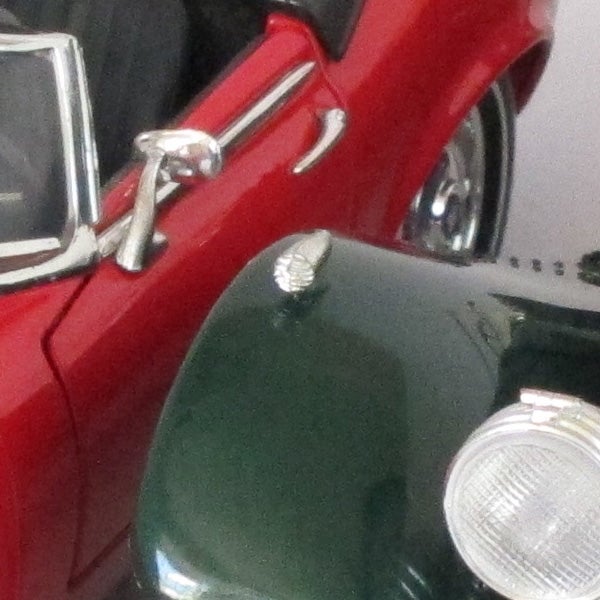
There is slight loss of detail at 1600 ISO, but the results are still extremely good.
—-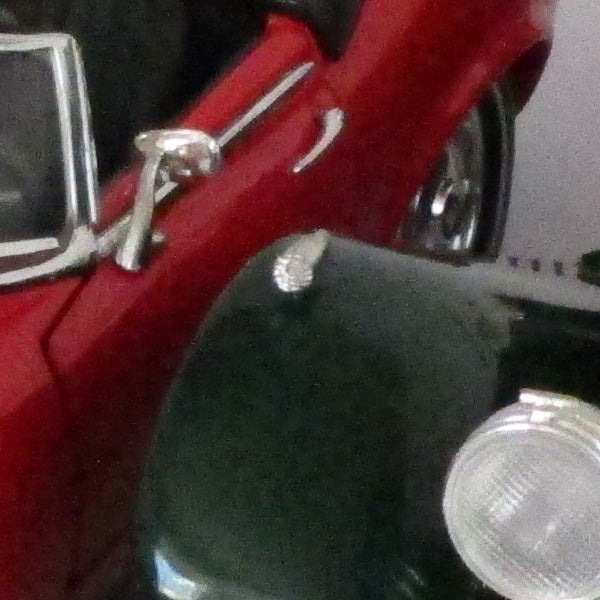
Quality takes a bit of a nose-dive at 3200 ISO.
—-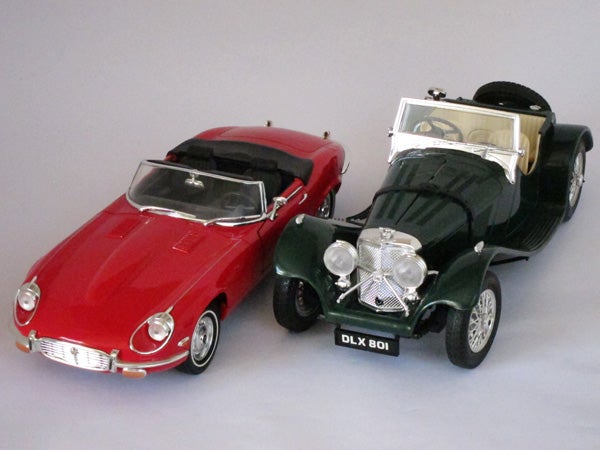
This is the full frame at maximum ISO.
—-
”’A range of general test shots are shown over the next two pages. In some cases, the full size image has been reduced for bandwidth purposes, and a crop taken from the original full resolution image has been placed below it to show the overall image quality. Some other pictures may be clicked to view the original full-size image. ”
—-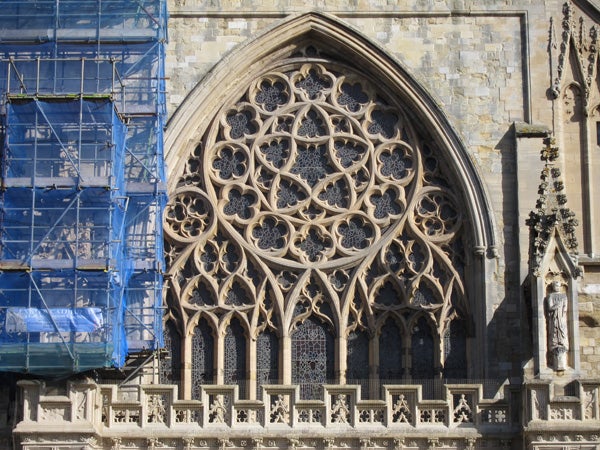
Here’s the usual detail test shot of the West Window of Exeter Cathedral, for you to compare with other cameras. See below for a full res crop, or click to see the whole picture. The downloadable image is converted from a Raw file, size 8.1MB.
—-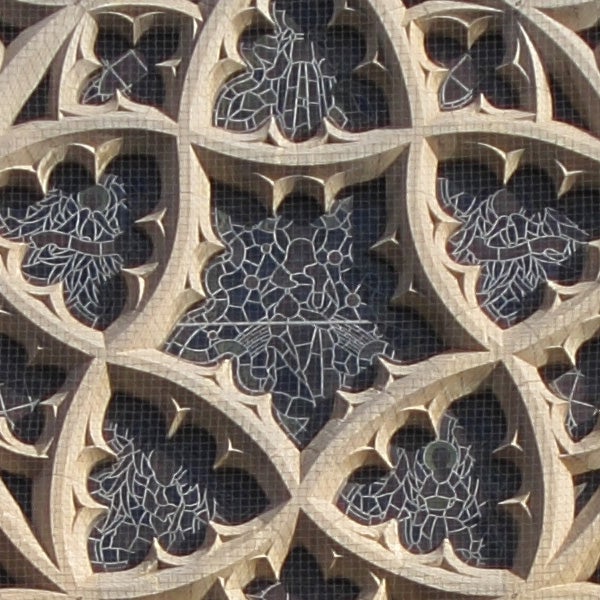
This is a crop from a converted Raw image. As you can see the level of fine detail is among the very best currently available from a compact camera. Compare with the Lumix LX5.
—-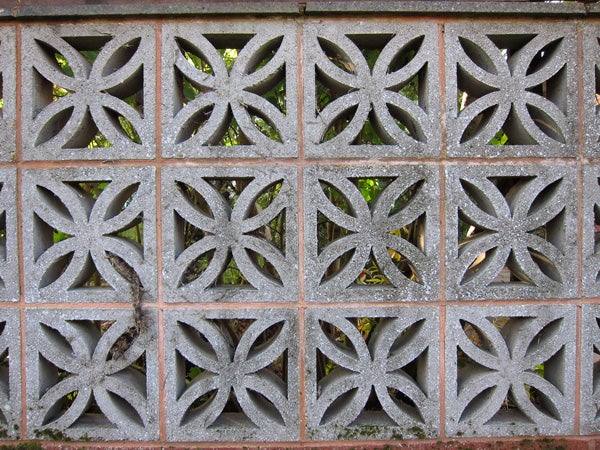
The S95’s lens does produce some barrel distortion at wide angle, but it’s not too bad.
—-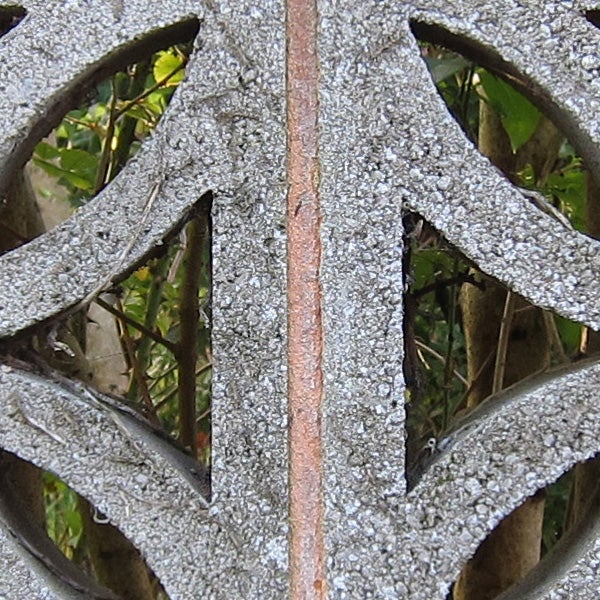
Centre sharpness is outstanding.
—-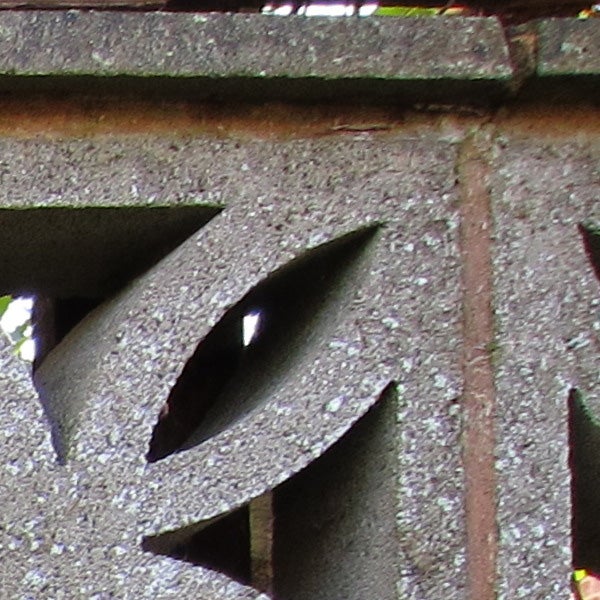
Corner sharpness is also very good, although there is some chromatic aberration.
—-
”Here are some general test shots to help evaluate the camera’s overall image quality, including dynamic range, colour rendition and the zoom range of the lens. Some pictures may be clicked to download the full size original image. ”
—-
The wide angle end of the zoom is equivalent to 28mm.
—-
The telephoto end of the zoom range is equivalent to 105mm. In case anyone’s wondering, the reason I’m now using the war memorial for zoom test shots is that there is major building work going on in my usual location.
—-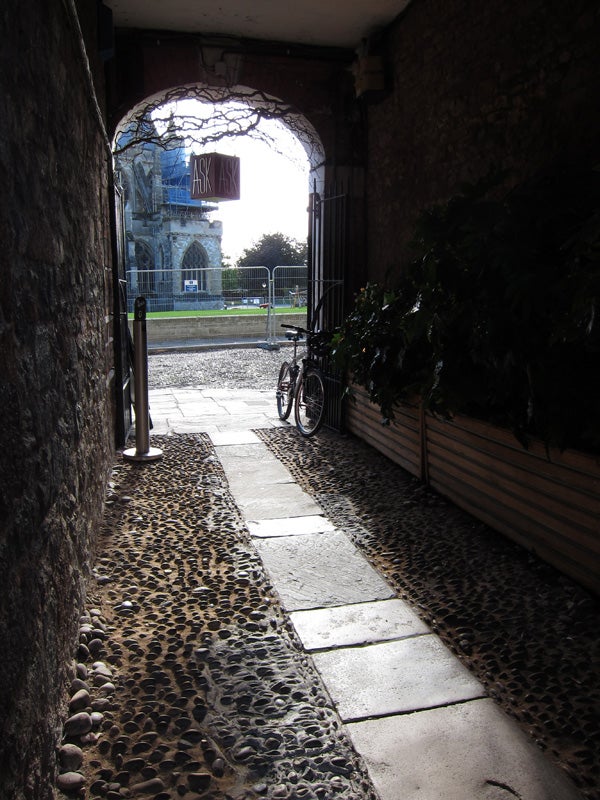
Even in strong backlighting there is some shadow detail.
—-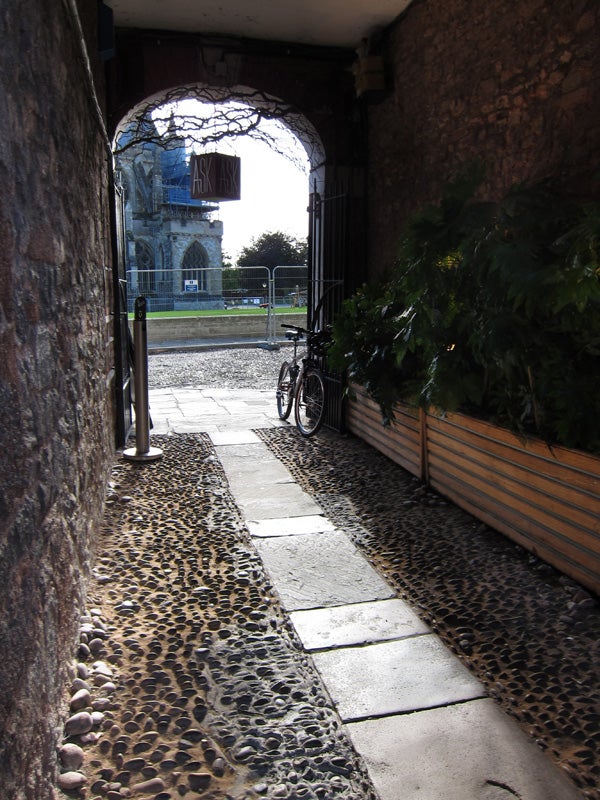
The i-Contrast feature greatly improves shadow detail while retaining highlight detail.
—-
Colour rendition is strong and vibrant.
—-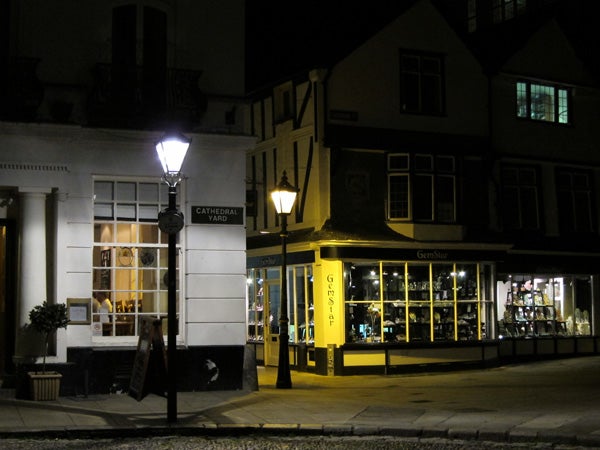
The S95 is spectacularly good at low light photography. This was shot hand-held at 1/8th of a second.
—-
Trusted Score
Score in detail
-
Value 8
-
Design & Features 9
-
Image Quality 10
-
Build Quality 10
Features
| Camera type | Digital Compact, Digital SLR |
| Megapixels (Megapixel) | 10 Megapixel |
| Optical Zoom (Times) | 3.8x |
| Image Sensor | 1/1.7-inch CCD |
| Optical focal length | 6.0-22.5mm in 35mm film terms |
| Shutter speed | 15sec to 1/600th sec |
| Auto focus | AiAF (Face detect/9-point), centre point AF |
| Manual focus | Yes |
| Max output resolution | 3648x2736 |
| Other resolutions | 2816x2112, 1600x1200, 640x480, 320x240, 2648x2048, 2816x1584, 1920x1080, 640x360, 3648x2432, 2816x1880, 1600x1064, 640x424, 2736x2736, 2112x2112, 1200x1200, 480x480, 2192x2736, 16966x2112, 960x1200, 384x480 |
| Focus range | 5cm to infinity |
| Exposure control | P, A, S, M, Auto, Scene mode (19 scene programs) |
| Exposure metering | Evaluative (linked to Face Detection AF frame), Centre-weighted average, Spot (centre) |
| Exposure compensation | +/- 2EV in 1/3 stop increments |
| Image Stabilisation | Lens shift, 4 stops, Hybrid IS |
| ISO settings | 80-3200 in 1/3 stop increments |
| LCD Monitor | 3-inch PureColor II G, 460k |
| Viewfinder | N/A |
| Flash range | 50cm to 6.5m (wide), 2.5m (tele) |
| Flash modes | Auto, On, Off |
| White balance modes | Auto (including Face Detection WB), Daylight, Cloudy, Tungsten, Fluorescent, Fluorescent H, Flash, Underwater, Custom, WhiteBalance Correction |
| Drive modes | Single, continuous, self-timer |
| Image formats | JPEG, RAW, MOV (H.264 + Linear PCM stereo) |
| Picture adjustments | My Colours pre-sets, custom adjustable saturation, contrast, sharpness, tone, colour filters |
| Video (max res/format) | 1280x720, 24fps |
| Movie length | Up to 4GB, or 29mins, 59 secs |
| Self timer | 2-10 secs, custom |
| Memory card slot | SD, SDHC, SDXC, MMC, MMCplus, HCMMSplus |
| Supplied memory | None |
| Batteries supplied | 1000mAh Li-ion |
| Charger supplied | Yes |
| A/V output | PAL and NTSC |
| Charging/Computer Connection | USB 2.0 |
| HDMI | Yes |
| AV Out | Yes |
| Manual | Basic 34-page printed guide, full manual on CD |
Physical Specifications
| Dimensions Width (Millimeter) | 99.8mm |
| Depth (Millimeter) | 58.4mm |
| Weight (body only) (Kilogram) | 193g including battery and memory cardkg |

